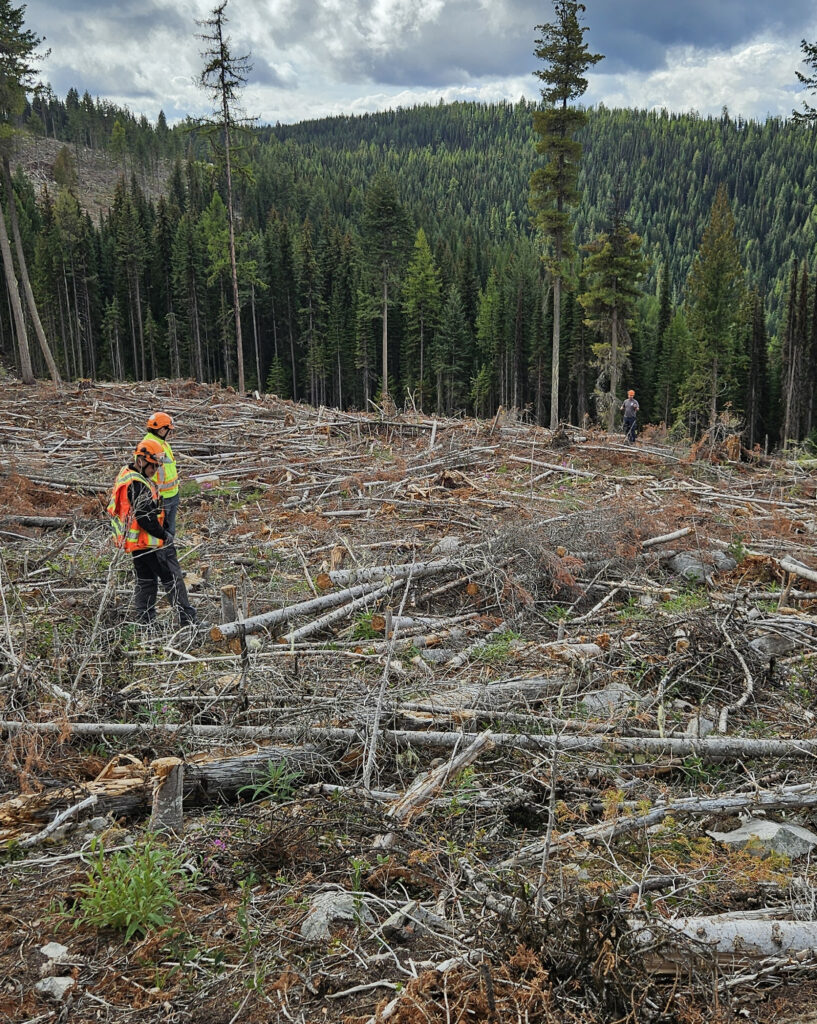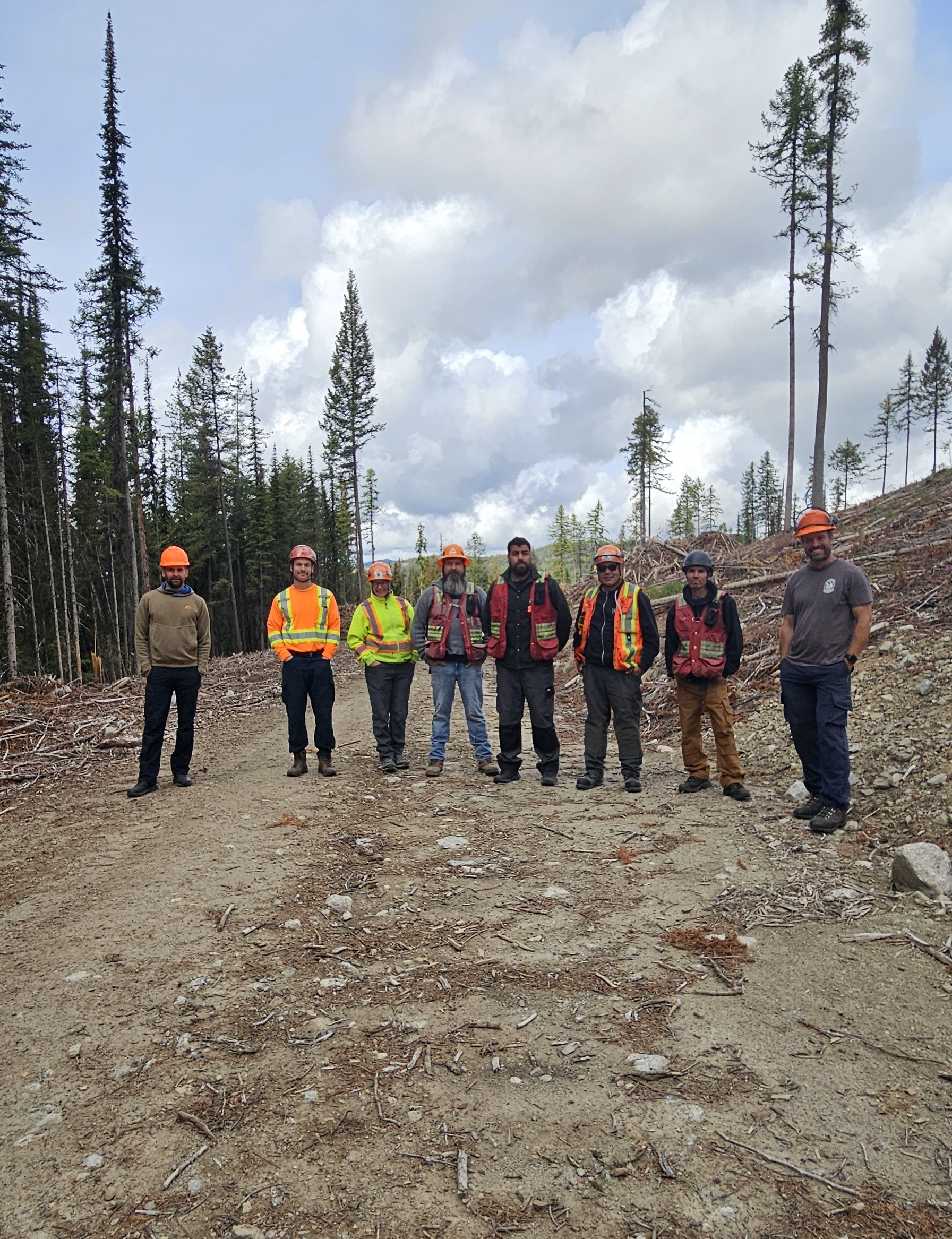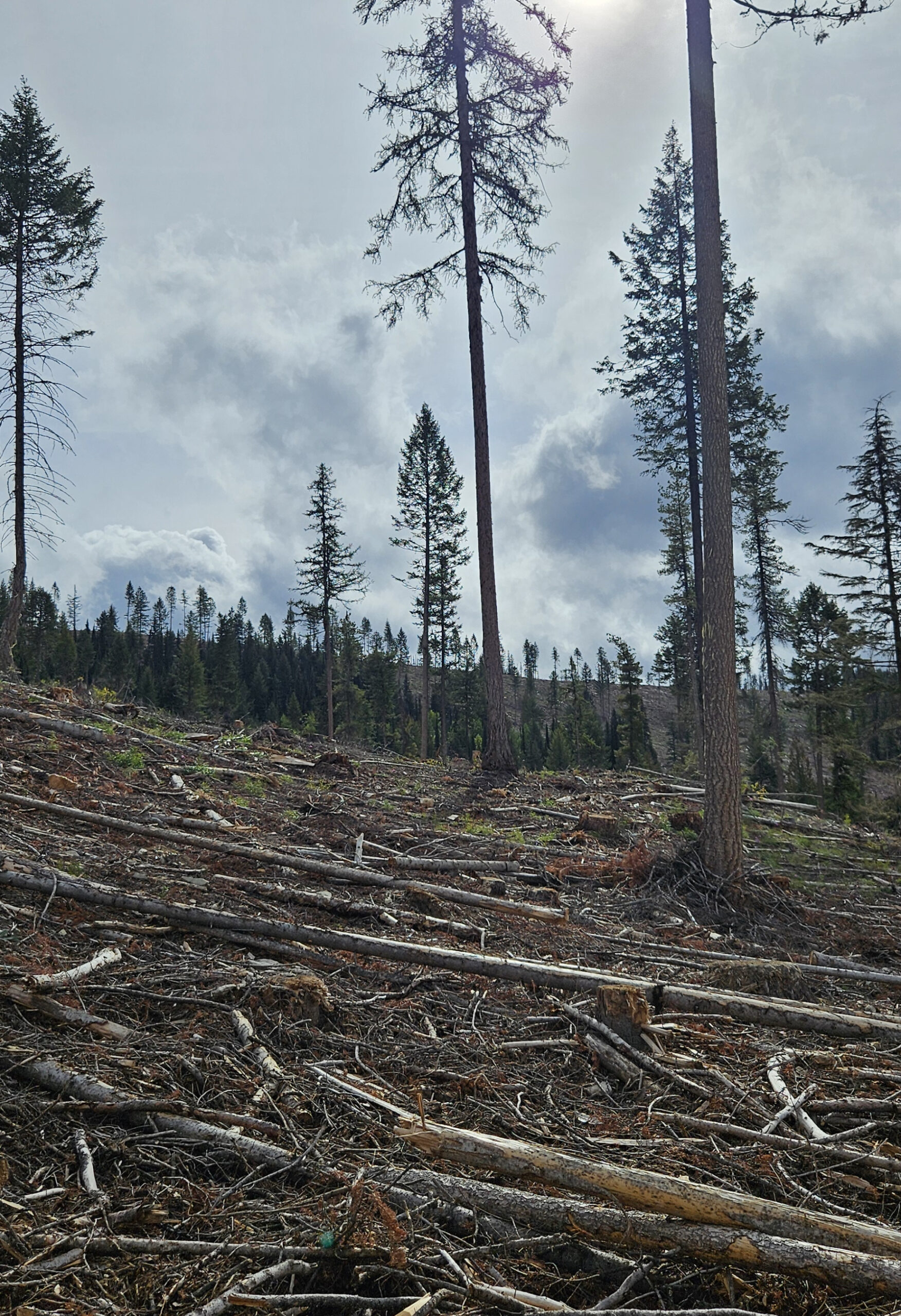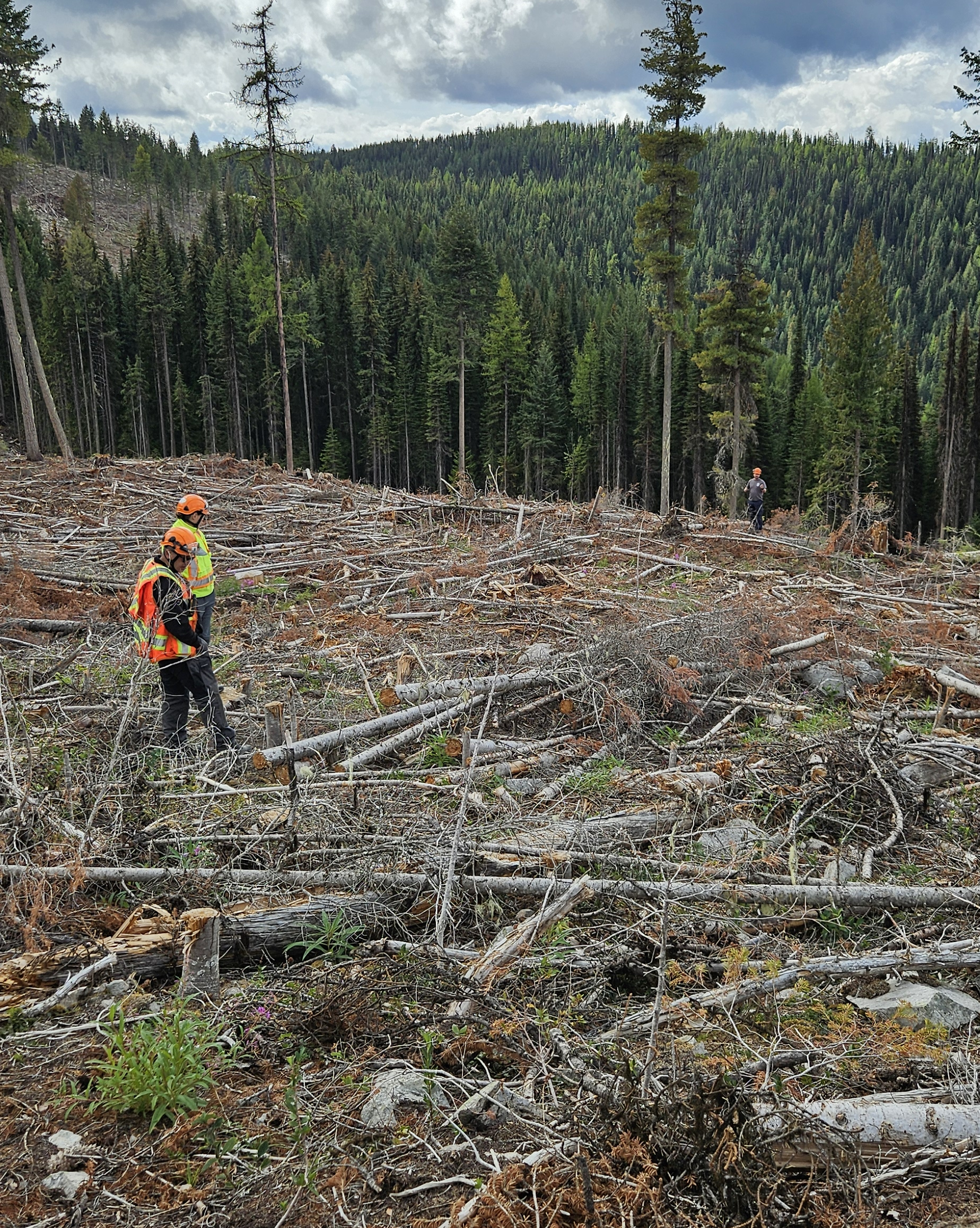Incorporating Fire on the Landscape Through Traditional Use

Project Title: Incorporating Fire on the Landscape Through Traditional Use
Recipient: Siya Forestry LP (An Osoyoos Indian Band Company)
Region: Thompson Okanagan
Awarded Amount: $14,905
Project Period: 2025-2026
Description: The Osoyoos Indian Band (OIB) completed three cultural burns to date by sharing community knowledge and collaborating with BC Wildfire and Traditional Knowledge Keepers. Their understanding and passion to continue this practice on their reserve lands and existing forest tenures is a goal shared by the OIB community. Further building upon their existing capacity through their partnership with Siya Forestry LP will allow the current project team to grow and pursue additional burning opportunities within OIBs traditional territory. By reintroducing fire on the landscape, OIB members will gain further involvement in managing the land for a variety of values.
Halfway Reporting:
The following is based on halfway reporting by the grantee.
October 9, 2025

Now slightly over halfway through our project, we continue to learn what we don’t yet know – though in a good way. Our initial kickoff meeting included representatives from Infinity-Pacific and the Osoyoos Indian
Band (Siya), the Penticton Indian Band, and BC Wildfire Service. These early discussions helped us recognize the eagerness to share knowledge that has been lost over time and to start thinking about how that knowledge can be rebuilt, not just at a community level, but across the broader landscape.
We began the project focused on building capacity for cultural burning based on its recent inclusion in the Appraisal Manual and quickly realized how naïve and siloed that approach was. While the Appraisal Manual provides a simple definition of a cultural burn and outlines the legislation required to include the practice at a permit level, it doesn’t speak to how fire has historically been used, and continues to be used by Indigenous peoples, without the burn permits and permissions that are now one of the biggest barriers to bringing fire back to the land.
The process so far has deepened my understanding of how colonialism has disrupted the transfer of traditional fire knowledge. With much of this understanding lost, rebuilding awareness and helping communities once again see fire as a valuable tool rather than a threat will take time, trust, and collaboration. This understanding will continue to shape how I approach my work in
the field, in planning, and in partnerships as a whole.
Reaching our goals depends on open conversation and collaboration — and that’s where our project is right now. We’ve taken those initial discussions into the forest to start defining the objectives for a burn, which are many and varied. Each site is unique, but it’s the overarching objectives that will guide the process, bring the right team together, and ultimately make the burn possible. Our field discussions helped identify a suitable burn location and highlighted the shared objectives among all parties. We are now working toward implementing a burn in May 2026, with next steps focused on defining the detailed actions that will ultimately shape the guidance document our project aims to produce. There is still a great deal of work ahead, including additional site visits to assess which shrubs and forage species are likely to return post-burn, evaluating current wildlife activity, planning fuel breaks, and developing the burn plan in collaboration with BC Wildfire.
With the burn scheduled for 2026 and a growing list of recently identified tasks, it is likely that the full development of the guidance document will be delayed. However, being able to track costs, coordination, and realistic time requirements across all parties will play a major role in drafting the document in its entirety and ensuring it accurately reflects the process from start to finish.
We look forward to continuing to share updates as the project progresses and to working together toward a time where fire is once again understood, respected, and used as a thoughtful and valued practice in forestry.

Planned burn site (Photo by: Jacqulin McNicol)

Reviewing the area and discussing the Importance of early planning (Photo by: Jacqulin McNicol)
